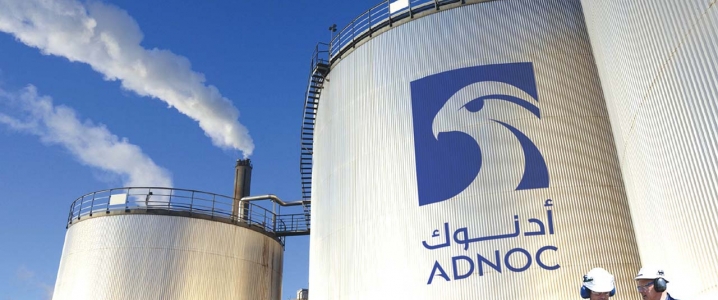The United Arab Emirates (UAE) is now OPEC’s third-biggest producer, having surpassed Iran whose output has plunged below 3 million bpd with the U.S. sanctions on Iranian oil.
The UAE, an ally of the cartel’s largest producer Saudi Arabia in the Persian Gulf and within OPEC, is vying for playing a more prominent role as a ‘swing producer’ on the oil market and is boosting its oil production capacity for the longer term, despite the most recent output cuts to which it says it will be strictly adhering.
“We need that swing to allow us to contribute to production as needed,” the UAE’s Energy Minister Suhail al-Mazrouei told S&P Global Platts in an interview after OPEC and its non-OPEC partners agreed last week to curtail 2.5 percent of their combined October oil production levels between January and June next year, to rebalance the market spooked by a looming oversupply.
OPEC and its Russia-led non-OPEC partners agreed last week to cut a combined 1.2 million bpd for six months, with OPEC reducing output by 800,000 bpd and non-OPEC cutting 400,000 bpd.
No individual quotas were handed down or announced, and one of the few certainties is that Iran, Venezuela, and Libya were given an exemption from the cuts in view of their ‘special circumstances.’
The Abu Dhabi National Oil Company (ADNOC), the producer of nearly all of the oil in the UAE, has already notified its customers that it will reduce the January 2019 crude oil allocations by 15 percent for Murban grade, 5 percent for Das, and 5 percent for the Upper Zakum grade, al-Mazrouei said on Monday, noting that “The UAE is committed to the voluntary production adjustments agreed with its OPEC and non-OPEC partners under the ‘Declaration of Cooperation’.” Related: Why The OPEC+ Deal Won’t Cut It
The UAE pumped 3.175 million bpd in October and boosted further its output in November by 71,000 bpd to 3.246 million bpd, according to OPEC’s secondary sources. With Iran’s production plunging by 380,000 bpd to 2.954 million bpd in November due to the U.S. sanctions on its oil, the UAE is now OPEC’s third-biggest single oil producer behind Saudi Arabia and Iraq.
Despite the cuts as part of OPEC’s policy to prevent another glut, the UAE is looking beyond the short-term strategies and to its oil production capabilities a decade from now, when U.S. production growth is expected to slow down while oil demand is forecast to continue to grow.
“The UAE is investing because we feel there is a requirement for this production, but we are not going to put that production into the market unless we feel there is a need for it,” al-Mazrouei told Platts.
A month before the latest OPEC+ market-management move, Abu Dhabi’s Supreme Petroleum Council (SPC)—the highest governing body of the oil and gas industry in Abu Dhabi—approved ADNOC’s new integrated gas strategy and plans to increase its oil production capacity to 4 million bpd by the end of 2020 and to 5 million bpd by 2030.
ADNOC, which already had a target to boost production capacity to 3.5 million bpd by the end of this year, will invest a total of US$132.3 billion (486 billion UAE dirhams) between 2019 and 2023 under its new five-year business plan approved by the Supreme Petroleum Council.
According to al-Mazrouei, by investing in more capacity, the UAE will be capable of meeting new global oil demand, while it would be keeping spare capacity for more wiggling room in case of future volatility, in coordination with OPEC, of course.
The UAE’s plans are not without risks, according to analysts. Mohammad Darwazah, a MENA energy/OPEC analyst at Medley Global Advisors, told Platts that the 2020 production capacity target of 4 million bpd might be a bit too aggressive. Carole Nakhle, the founder and CEO of consultancy Crystol Energy, warns that if OPEC were to extend and/or deepen the cuts for a longer period of time, this could constrain ADNOC’s finances, possibly affecting investment targets, “everything else being the same.”
At any rate, higher production capacity will give the UAE a more prominent ‘swing producer’ role on the oil market over the next decade.
By Tsvetana Paraskova for Oilprice.com
More Top Reads From Oilprice.com:
- Global Market Turbulence Caps Oil Prices
- China Determined To Avoid Another Natural Gas Crisis
- One Houston Gas Player Is Changing The LNG Business Forever


















